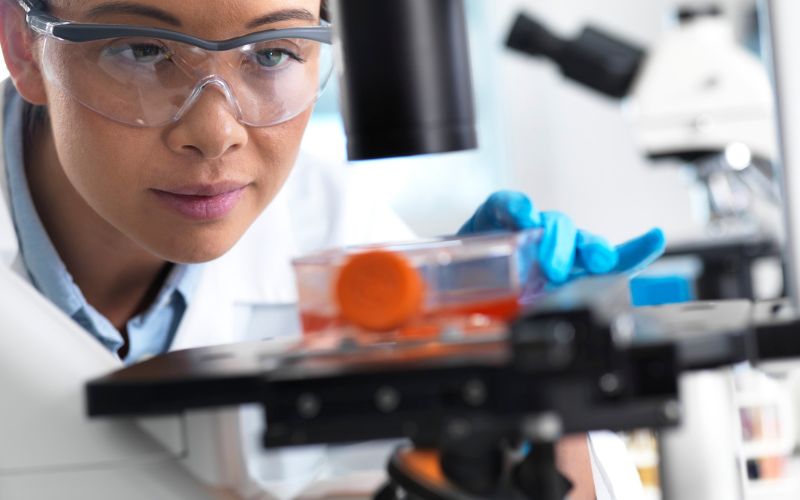Stem cell research has emerged as a dynamic field with immense potential to revolutionize medicine. This essay explores the journey of stem cell research from the laboratory bench to real-world applications at the patient’s bedside. It delves into the remarkable advancements made in stem cell research and their diverse applications across various medical disciplines.
- Unveiling the Potential of Stem Cells: Stem cells, with their unique ability to self-renew and differentiate into specialized cell types, hold the key to regenerating and repairing damaged tissues. Scientists have been exploring different types of stem cells, such as embryonic stem cells, adult stem cells, and induced pluripotent stem cells, unlocking their potential to address a wide range of diseases and injuries.
- Regenerative Medicine: Healing from Within: Stem cell-based regenerative medicine is transforming the landscape of healthcare. Through innovative techniques, stem cells can be guided to repair damaged tissues, regenerate organs, and restore lost functionality. From treating spinal cord injuries and heart diseases to regenerating bone and cartilage, regenerative medicine offers new hope for patients with previously incurable conditions.
- Neurological Disorders: A Promising Frontier: Stem cell research has opened up new avenues for understanding and treating neurological disorders. Stem cell-based therapies are being explored for conditions such as Parkinson’s disease, Alzheimer’s disease, and spinal cord injuries. By replenishing damaged neural cells or stimulating the growth of new ones, stem cells hold the potential to restore neural function and improve patients’ quality of life.
- Cardiovascular Health: Repairing the Heart: Cardiovascular diseases remain a leading cause of death worldwide. Stem cell therapies offer innovative approaches to repair and regenerate damaged heart tissue. Stem cells can be directed to differentiate into cardiomyocytes, the building blocks of the heart, promoting the formation of new blood vessels and improving heart function. These advancements have the potential to transform the treatment of heart diseases and reduce the burden on patients and healthcare systems.
- Tissue Engineering and Organ Transplants: The shortage of organ donors continues to be a major challenge in healthcare. Stem cell research has paved the way for tissue engineering and the generation of lab-grown organs and tissues. By coaxing stem cells to differentiate into specific cell types and cultivating them into functional organs, scientists are inching closer to overcoming the limitations of organ transplantation and providing viable solutions to the organ shortage crisis.
- Challenges and Future Directions: While the advancements in stem cell research are promising, challenges remain. Ensuring the safety, efficacy, and long-term effects of stem cell therapies require rigorous clinical trials and regulatory frameworks. Ethical considerations, scientific integrity, and affordability also need to be addressed to realize the full potential of stem cell research in patient care. Continued collaboration between researchers, clinicians, and policymakers is vital to navigate these challenges and drive the field forward.
Conclusion: Stem cell research has come a long way, progressing from laboratory experiments to real-world applications that have the potential to transform healthcare. The advancements made in understanding stem cells, regenerative medicine, and tissue engineering offer hope for patients with previously untreatable conditions. As researchers and clinicians work together to overcome challenges, the journey from bench to bedside continues, bringing us closer to a future where stem cell-based therapies are standard treatments, improving the lives of countless individuals worldwide.

